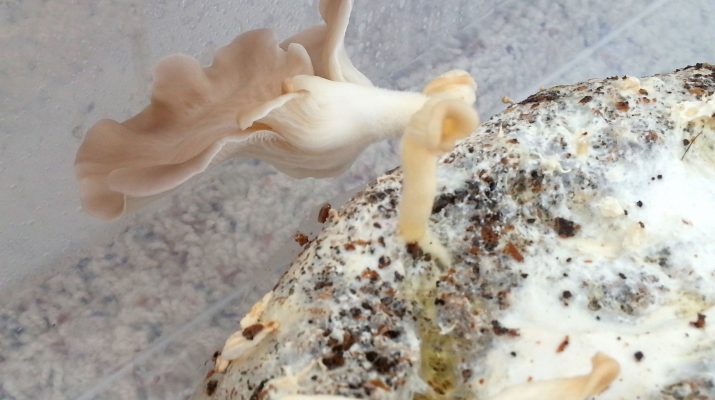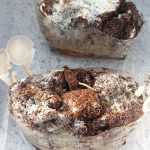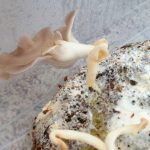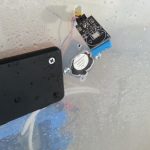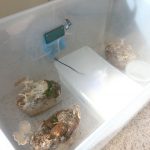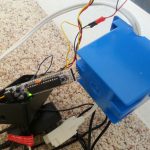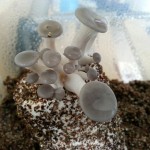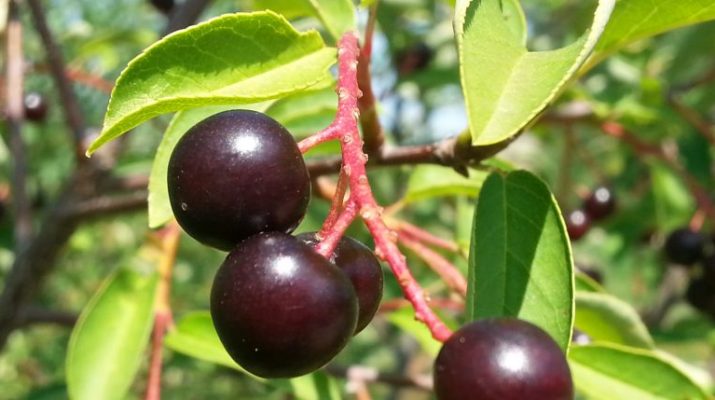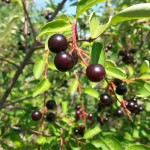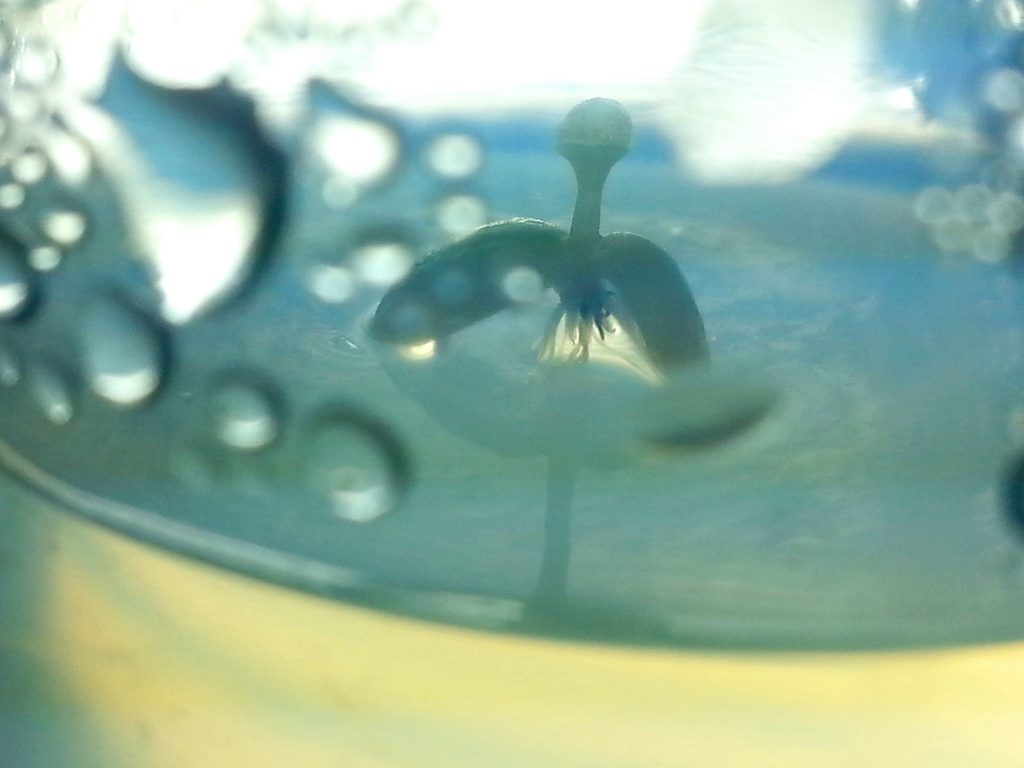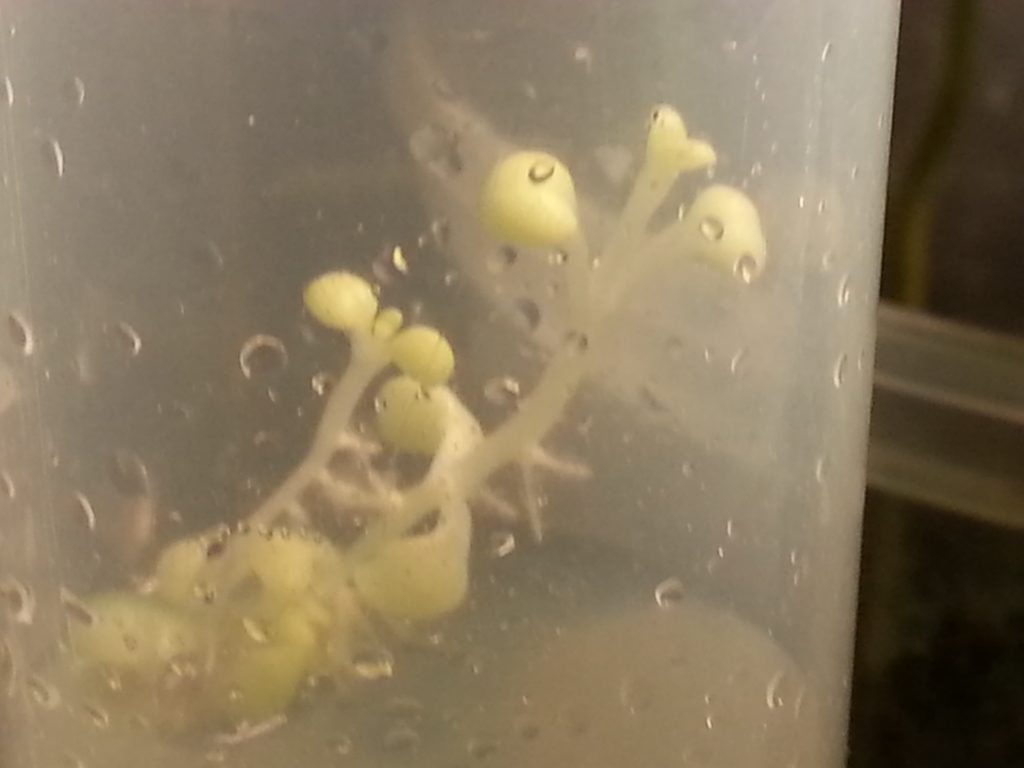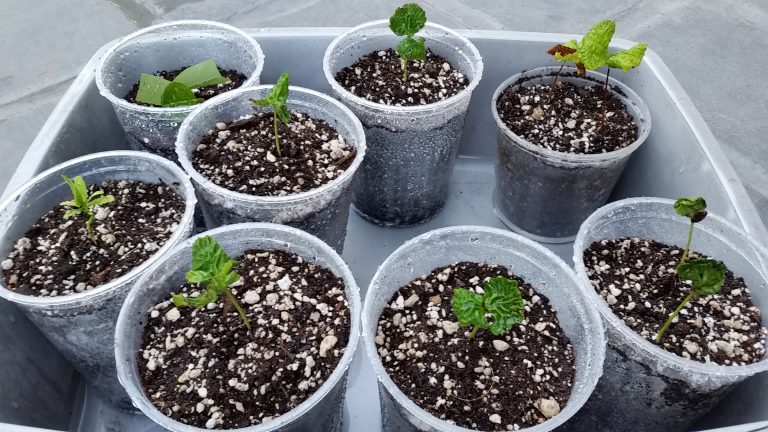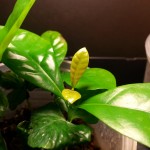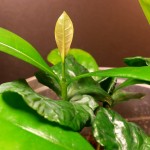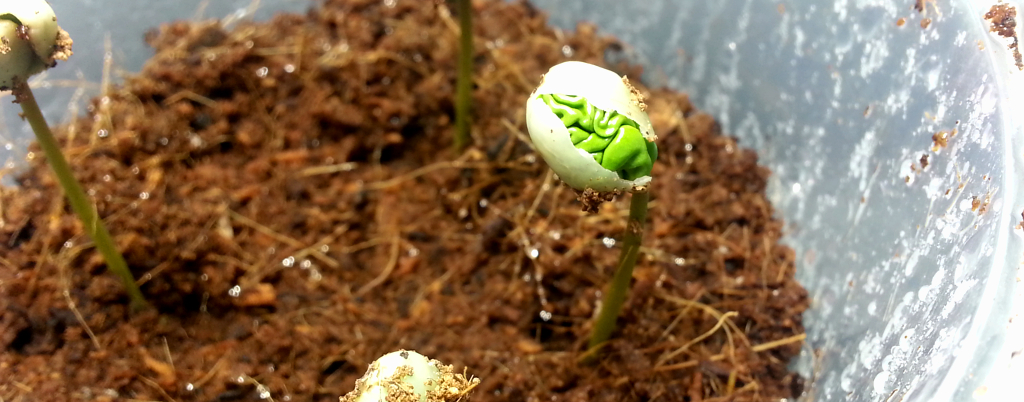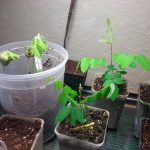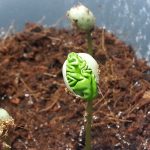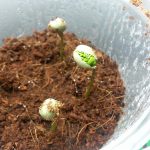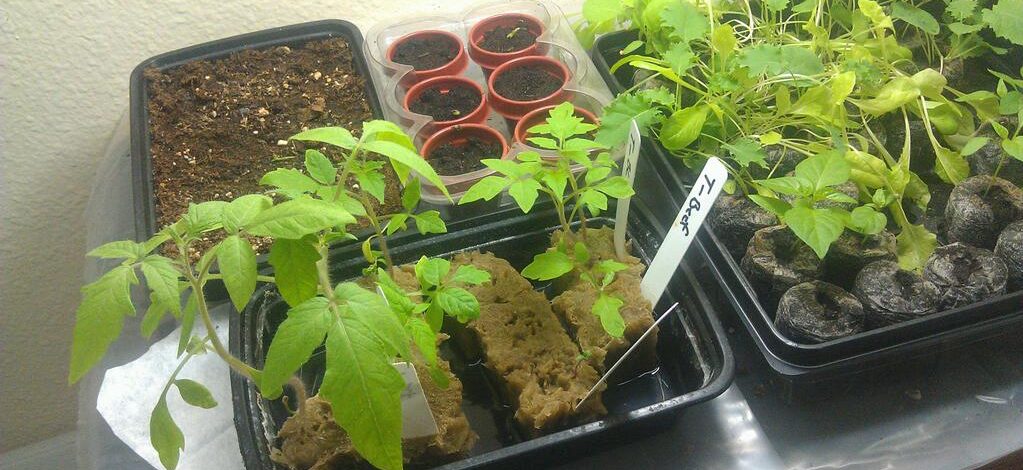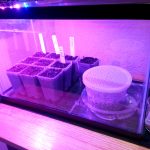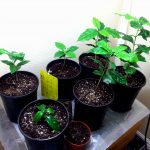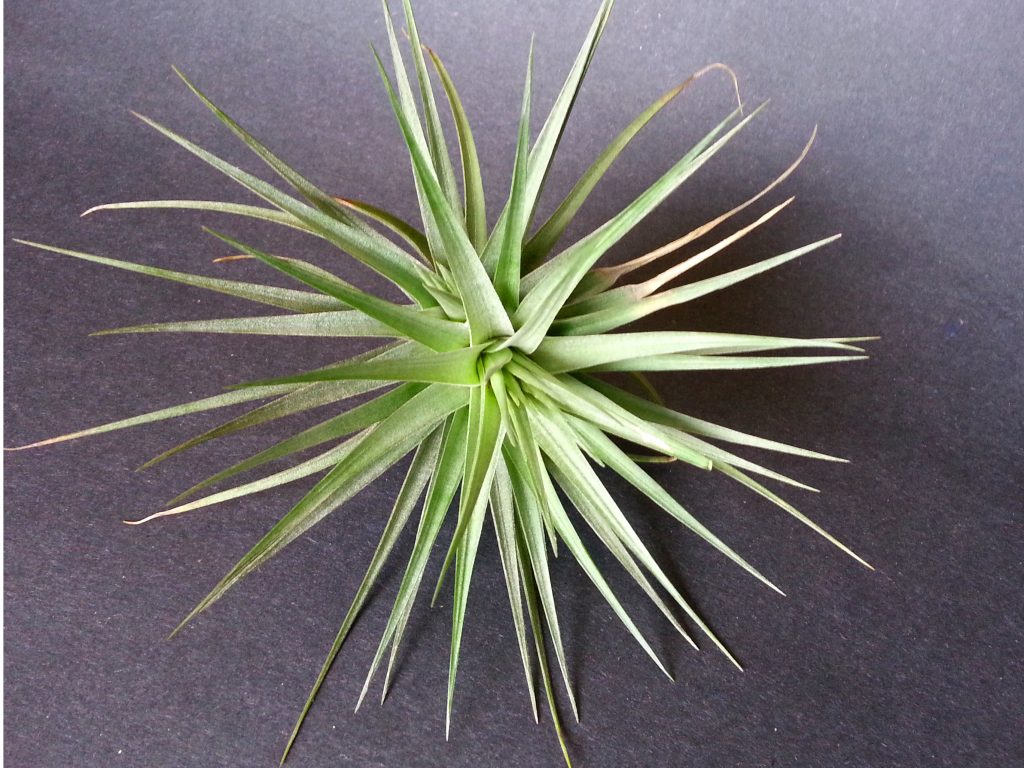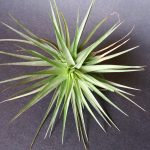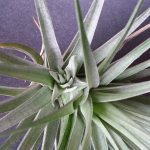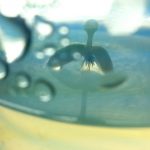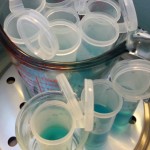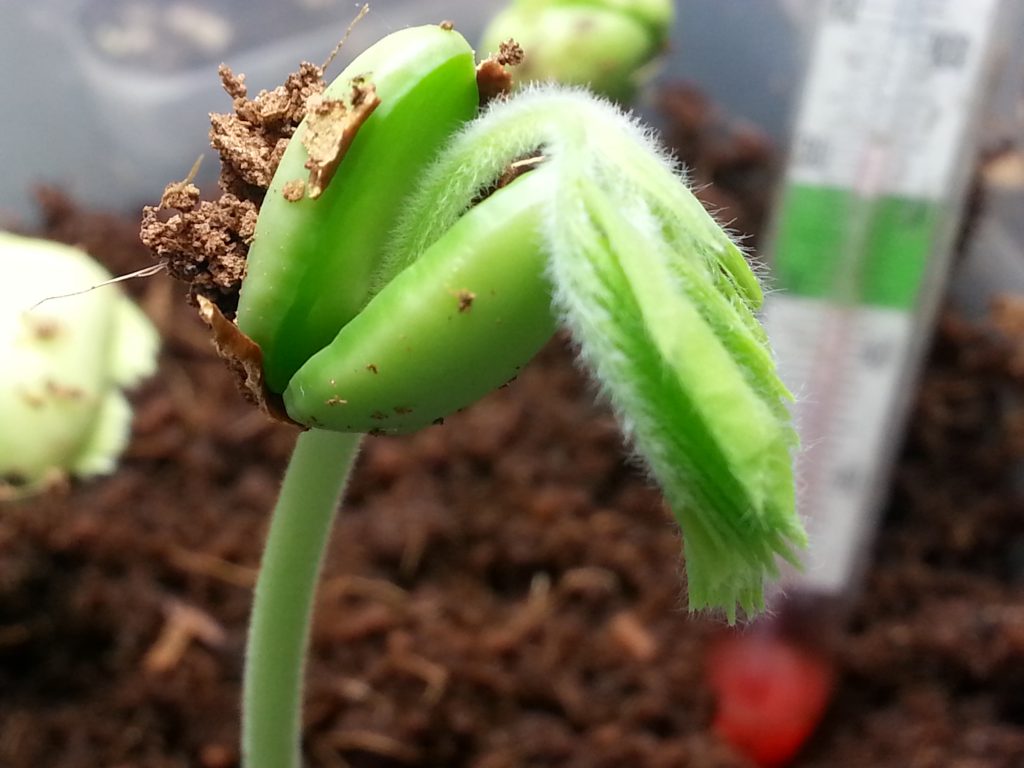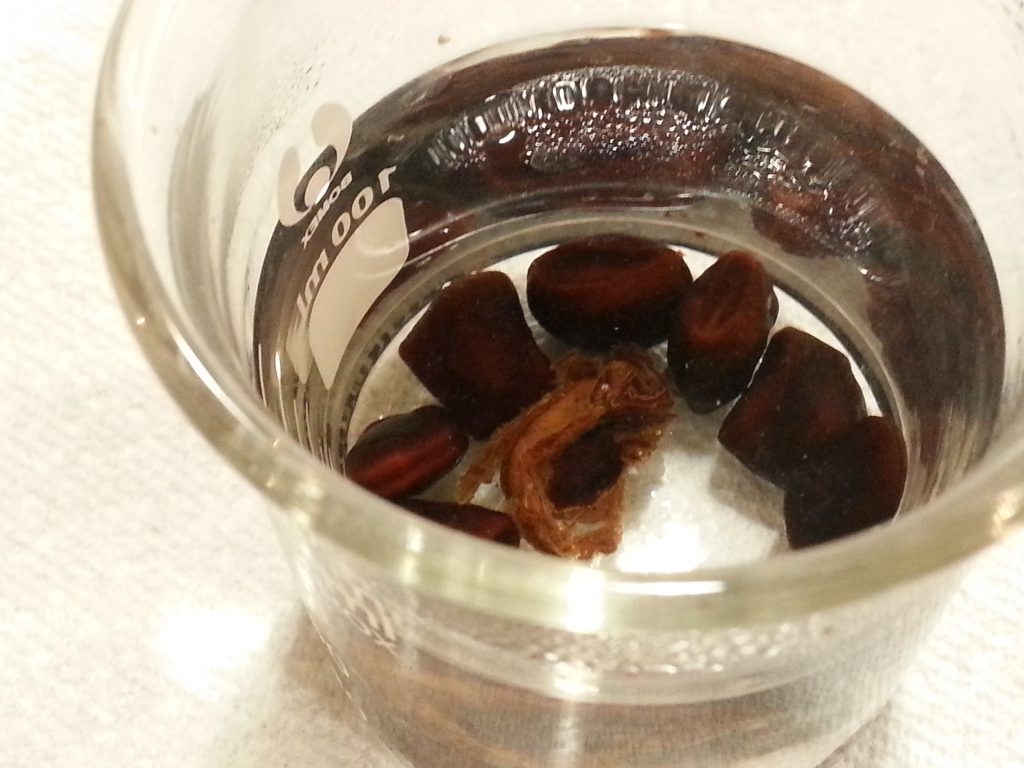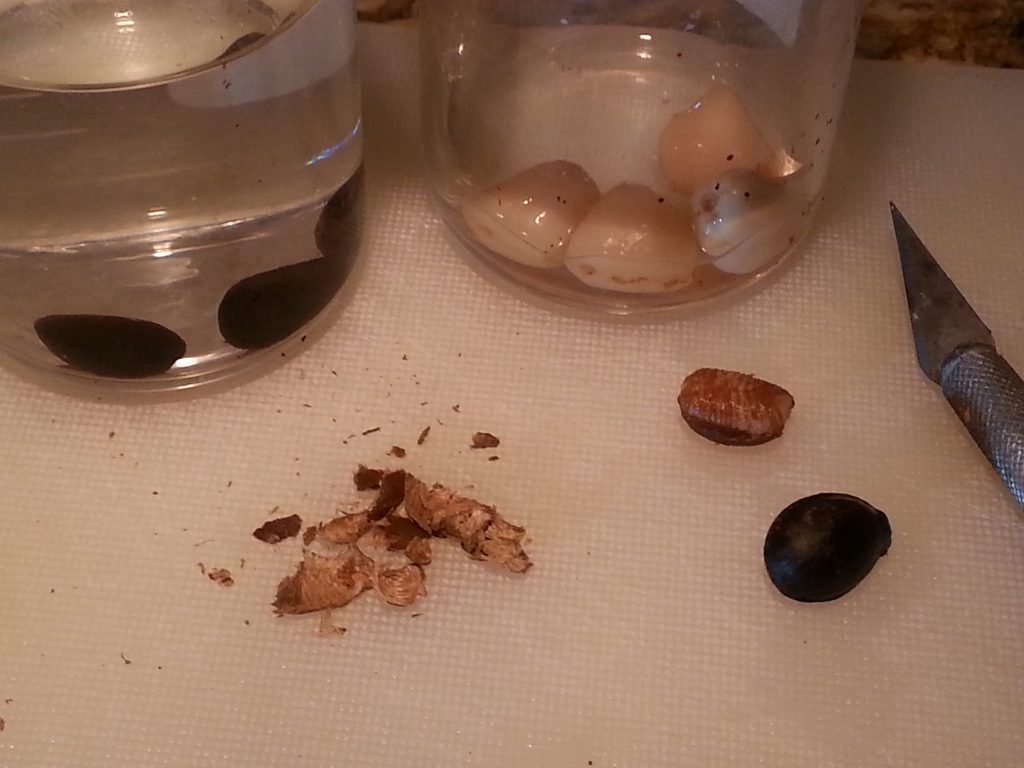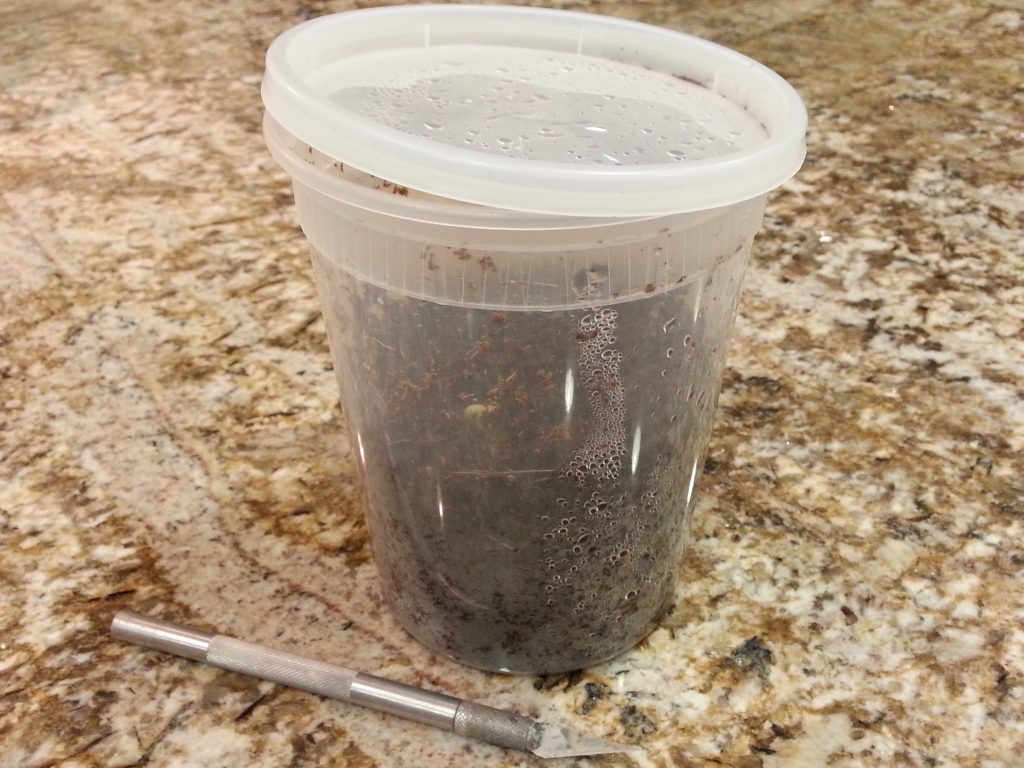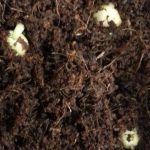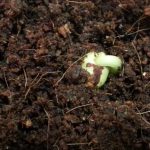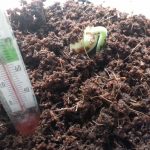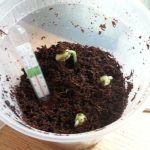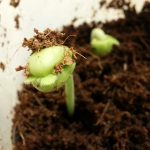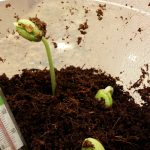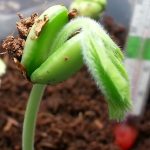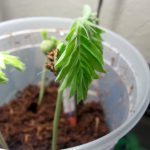A Hen and a Drake Green Teal on the truck bed. Not a limit on anything, but a fun morning out.
Welcome to Part 2 of the Seed Starting Guide. We’ll continue our guide by covering Pre-Germination, Sowing, Continued Care in the ideal conditions for your plant species, and hardening off. If you missed it, go to
Part 1 of the Seed Starting Guide. Otherwise, we’ll continue.
Pre-Germination
During the process of imbibing a seed, its not uncommon for a seed to sprout a primordial root. If a seed exhibits a radicle or primordial root, lightly sow the seed bottom side facing down, in a seed starting medium. If you are uncertain about the seeds orientation, place it on what you can best discern as ‘its side’. At this stage a lot of people use the baggy method, wherein seeds are sandwiched between damp coffee filters or paper towels, placed inside a sandwich bag, and left on the warm spot on top of a refrigerator.
Although many people may have great success with this method, the majority of us here at Gardenisto couldn’t care less about this method. We simply sow directly into a container filled with mixed strand coco coir, appropriately sized for growing a seedling.
Sowing & Media
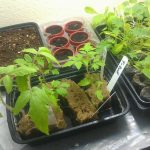 Sowing involves choosing a medium. For example, the many options and methods picture to the left. Lots of premixed starter mediums can be purchased off the shelf. However, mixing your own media is the best method. Many store mixes also use Peat Moss. Peat moss is a renewable resource, if you consider that it takes 5 to 10 years for a mined bog to once again become a functioning wetland, and 25 years or more to restore only 90% of the original flora of the peat bog. As horticultural enthusiasts, its ironic to destroy beautiful and bio diverse wetlands to help us grow our own plant life, when great alternatives like coco coir readily exist.
Sowing involves choosing a medium. For example, the many options and methods picture to the left. Lots of premixed starter mediums can be purchased off the shelf. However, mixing your own media is the best method. Many store mixes also use Peat Moss. Peat moss is a renewable resource, if you consider that it takes 5 to 10 years for a mined bog to once again become a functioning wetland, and 25 years or more to restore only 90% of the original flora of the peat bog. As horticultural enthusiasts, its ironic to destroy beautiful and bio diverse wetlands to help us grow our own plant life, when great alternatives like coco coir readily exist.
Coco Coir stays well aerated, is ph neutral, void of nutrients, and retains water for long periods of time. Its perfect at providing oxygen and moisture to germinating seeds, without risking burn or die out due to fertilizers and unwanted pathogens. Coco Coir vendors are everywhere too, Online Coco Coir Vendors
Find and recycle small clear plastic containers with lids, like the ones used for ‘to go’ or ‘takeaway’ foods like soups, salsas, or sides. Use deeper ones so that seedlings will have room to root, and grow above the ‘soil‘ line. Saturate coco coir with water, and then squeeze off the excess. Ideally you would use a distilled or purified water, with some minerals added back to it for ph balance. Typically, unless your have terribly hard or soft tap water, your tap will be okay. When wet, coco coir expands to about 5 to 8 times its dry size, so be mindful and only create as much media as needed.
Fill the container with a ‘mixed’ coco coir fiber, but do not pack or tamp the media! ‘Mixed’ means that coir contains chunks, dust, and strands of coco fiber. It makes the media more soil like, and provides slightly better anchoring for roots than pure ground fiber or dust. Its also fine to add perlite, 1:1 with coco coir, to change the consistency and aeration should you decide you need to. Use your best judgemet, and do so at your discretion.
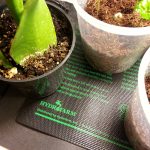 Sow seeds in the starter media, and cover lightly. Close the lid of the container, but leave an edge open for ventilation. Place the container on a seedling heat mat under a seed starting light. A 5600k CFL light bulb in a brooder lamp base, will work just fine. If a 2700k soft cfl is all you have, it will suffice, unto the point your seedlings show true leaves. If you do not have a seed starting light, or heat mat, get one. Many people say a warm window sill is okay, but most homes don’t have the ideal conditions in any window sill to properly germinate seed.
Sow seeds in the starter media, and cover lightly. Close the lid of the container, but leave an edge open for ventilation. Place the container on a seedling heat mat under a seed starting light. A 5600k CFL light bulb in a brooder lamp base, will work just fine. If a 2700k soft cfl is all you have, it will suffice, unto the point your seedlings show true leaves. If you do not have a seed starting light, or heat mat, get one. Many people say a warm window sill is okay, but most homes don’t have the ideal conditions in any window sill to properly germinate seed.
Without ranting too badly about the hundreds or thousands of useless and generic copy cat seed germination posts and videos incessantly pumped to the world wide web by the completely inexperienced, some of which seem to exist only to produce content and have no experience whatsoever beyond the skills necessary to plagiarize other misinformed articles, the best advice you can receive is to get a heat mat and a small cfl light bulb.
Don’t gamble on a window sill, or you might as well have just cast seed into the garden and hoped the weather was good. As for the massive strings of Christmas lights method, just don’t do it. Hundreds or thousands of tiny glass light bulbs have no business being stuffed into a small box to generate heat. Compare a minor difference in cost, as well as practicality, and a heat mat is many times better.
-
The Germination Chamber
If you have an old 5 to 10 gallon fish tank, with a lid or a large piece of plexiglass, you have a germination chamber. Place the tank on top of the heat mat, and the seedling containers inside. Place a thermometer inside the chamber, and monitor the temperature. It may be necessary to shim the lid to prevent an excess of moisture and condensation build up, and to prevent overheating. The additional layer of environmental insulation and stability increases success rates, and helps prevent exposure to unwanted pathogens.
If you use a Germination Chamber, that may be enough to maintain temperature and moisture for seeds in open starter plugs. If there is space inside your chamber around your containers, experiment with less valuable seeds in the empty space.
Continued Care of Seedlings
Try to maintain a temperature between 68 and 85 degrees, with a night time fluctuation of 10 degrees cooler. The ideal temperatures depend on seed type, and correlate logically with a plants natural environment. Every couple of days, very gently excavate the media covering seeds to see if any are rotting. Remove any that look unhealthy. Gently cover healthy seeds. Eventually healthy seeds will green up, and they should be left alone, to lift their seed head from the media. Halfway remove the lid or leave uncovered once cotyledon leaves are showing. The seedlings will eventually need water, so use the moisture on the clear sides of the container as an indicator as to when seedlings need water.
Be sure to provide plenty of light so that plants do not get too leggy, but if you provide too much light, they will wilt or die. As new leaves start to show, provide the plants with a very dilute water soluble fertilizer. Repeat every two weeks. Don’t use more than 1/4 to 1/10 the recommend amount of fertilizer. A good seedling fertilizer should contain a well rounded balance of both macro and micro nutrients, as well as thiamine and good levels of calcium and magnesium.
Inoculate your seedling. At this point, seeds have been treated aseptically. Not completely, but the goal has been cleanliness. As a result, plants have to natural immune defense to pathogens. Inoculating seedlings with a mycorrhizae will create strong symbiotic relationships between the seedling and good bacteria. The good bacteria should out compete any bad bacteria moving forward. Check out the side bar for a link to purchase mycorrhizae.
Hardening off Seedlings
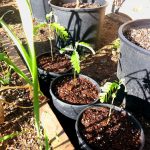 As the seedlings get larger transplant the seedlings into their own pots or containers. Be sure to provide adequate drainage and aeration, or your plants will succumb to seedling rot or dampening-off. Shuttle the plants into an area closer to its ultimate destination for a half an hour. Every day increase the time the plants spend in or nearer their final destinations. Be patient, and don’t expose your plants to extremes too quickly. Don’t forget your plants in the sun or filtered sun, or you will burn or kill them, and don’t over water your young plants at the first sing of stress.
As the seedlings get larger transplant the seedlings into their own pots or containers. Be sure to provide adequate drainage and aeration, or your plants will succumb to seedling rot or dampening-off. Shuttle the plants into an area closer to its ultimate destination for a half an hour. Every day increase the time the plants spend in or nearer their final destinations. Be patient, and don’t expose your plants to extremes too quickly. Don’t forget your plants in the sun or filtered sun, or you will burn or kill them, and don’t over water your young plants at the first sing of stress.
Success
The methods in this guide have yielded great results, more so than the baggy method, and direct sow to soil or seed plugs.
